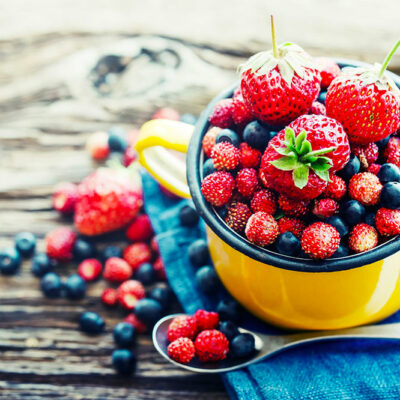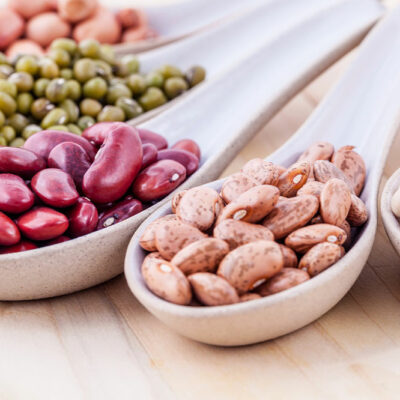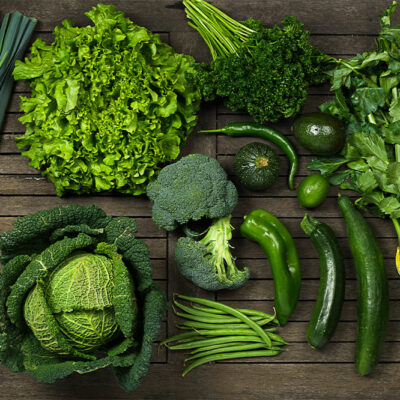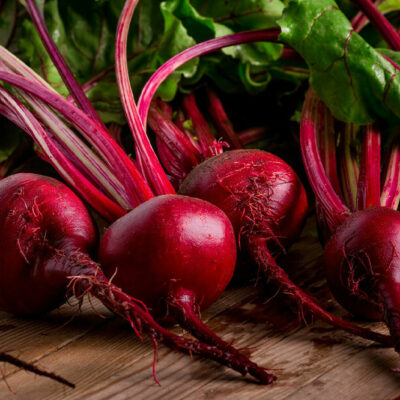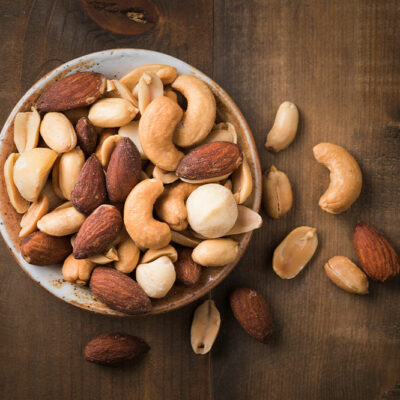
health
Early Warning Signs and Food Regimes for Prostate Cancer
Prostate cancer is one of the most common cancers globally. The tumor begins in the prostate gland and can be detected through screening, after which the treatment procedure is determined. While standard treatments exist, clinical trials on and for prostate cancer determine how effective new therapies can be. However, aside from therapies, it is essential to eat the right foods to reduce the growth rate of cancer cells and improve the effects of treatment. Early signs of prostate cancer Though early stages of the condition are symptomatic, the signs usually start appearing as the disease progresses. Here are some of the early warning signs that should not be ignored. Frequent urination One of the early warning signs of prostate cancer is the need to urinate frequently, especially at night. As the tumor grows, the pressure on the urethra or bladder results in more need to pass urine than usual. You might also have bleeding when you are urinating. Problems urinating There might be a weak urinary stream or a need to strain to empty the bladder. Some men may even feel pain or burning during urination. Loss of bladder control Another symptom of prostate cancer is leaking urine when you laugh or cough.






